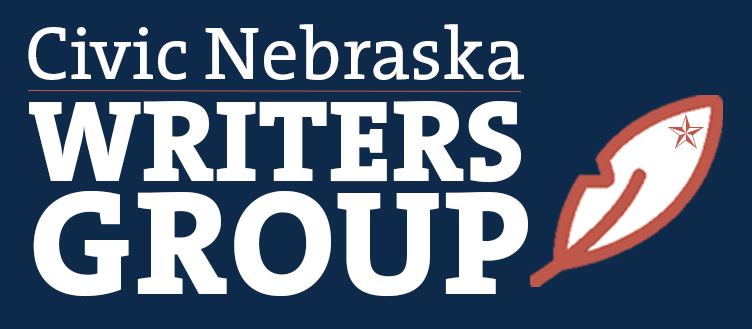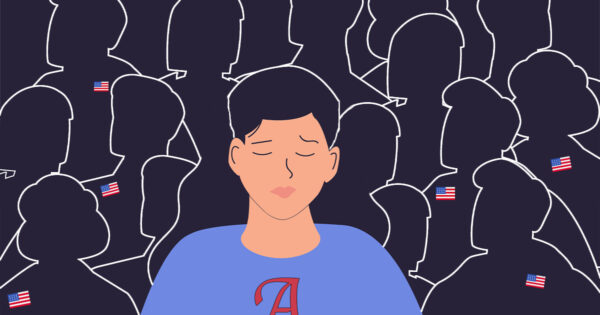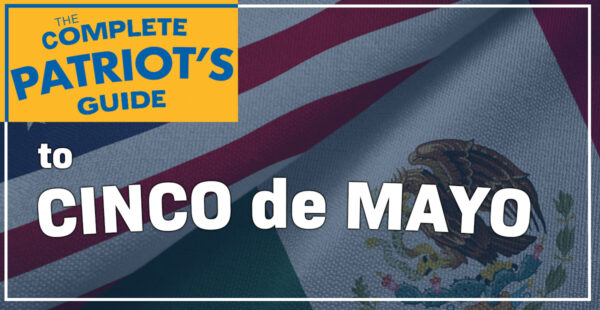In less than two weeks, people across this country will participate in one of our most cherished democratic traditions, voting. And while election season is always ripe with debate and differences of opinion, this year somehow feels different.
 Maybe that’s because it seems this election is no longer just a case of different ways of approaching the same issues, but rather it is about what will happen if “the other side” wins. People on both sides of the proverbial political aisle are mired in division and swimming in the idea that if things don’t go their way, all will be lost.
Maybe that’s because it seems this election is no longer just a case of different ways of approaching the same issues, but rather it is about what will happen if “the other side” wins. People on both sides of the proverbial political aisle are mired in division and swimming in the idea that if things don’t go their way, all will be lost.
After the election, about half of the people will be unhappy about the outcome. And while this is an important election and will have real consequences, all is not lost, no matter which candidates are elected.
Most real change is not dependent on a singular event. Whether your favorite candidate wins or loses, communities will still have needs, issues, and problems that need your attention. By working to address those needs, not only does your community benefit, but you also help bridge the perceived dissonance of these times.
There are many ways that a focus on community-building can overcome divisiveness and create real, lasting change.
It creates a shared purpose. When we get involved in “community,” whether that community is a geographic location, a parent-teacher group, or a local nonprofit, it channels our energy toward a particular place, issue, or organization. Working together for community change focuses us on things bigger than ourselves and gives us a common “why.” As people rise above their political parties and perceived divisions to successfully host a community event, reach a fundraising goal, or solve a local issue, they uncover their shared ideals and values.
It helps us see our similarities. People working together toward a community goal build relationships and cultivate connections. This not only fosters collaboration, fellowship, and goodwill, it also creates shared trust and a sense of “we.” When you have worked with someone on a community project, you get to know them, making it harder to write them off just because they don’t share the same viewpoint or political party. Working together helps us set aside our differences and really see each other. And we begin to understand that we are more alike than different.
It forces us to work with people outside of our “tribe.” It is common to have newsfeeds and social circles comprised of people who share our viewpoints and support “our side” of the story. Community-level engagement breaks us out of these bubbles. It connects us with people and information outside of our usual groups and ideas, expanding our awareness and increasing our empathy. Working with others gives us a broader perspective that chips away at the false assumptions and closed opinions we hold, forcing us to consider other ways of viewing the world. And while we may not always agree, community building teaches us that we can come together as diverse people for the common good.
It channels energy into things we can control. Focusing enthusiasm and know-how on local community-building efforts channels our energies into actually doing something with tangible outcomes, rather than just worrying and complaining. You may not be in a position to single-handedly manage West Coast forest fires or lead the country out of a pandemic, but you can do something right where you are that makes a difference. By working together to create and sustain our communities, we use our power for good in a way that helps us overcome divisiveness and build the brighter, more unified future we all desire.
It reminds us that change is not a singular event. It may be cliché, but it is true – change doesn’t happen overnight. You don’t simply wake up one day and find that the world has become a better place. Building healthy, vibrant communities of the future takes time, energy, grit, and determination. It takes showing up in a thousand different ways, day after day, year after year, to contribute. Real change happens one deliberate, community-focused step at a time, which means that we can’t afford to be consumed by a single election, judicial appointment, or national event – because we have work to do.
Viewing change through a community-building lens provides a way forward that unites rather than divides us. And that is where we can find hope that, in fact, all is not lost.
Tammy and Brandon Day own Daycos Inc., which provides revenue management for transportation service providers across the country. Her work focuses on Daycos4Good, which uses the business as a force for good. She is a member of the Norfolk Public Schools Board of Education and is active in the Connie Fund, Stand for Schools, and Women’s Network of Nebraska. For more Civic Nebraska Writers Group columns, click here.





I always love these articles by Tammy Day. The content is always informational and uplifting.
Stellar. Exactly what I needed to read today. Thank you, Tammy!